SOURCE: RAUNAK KUNDE / NEWS BEAT / IDRW.ORG
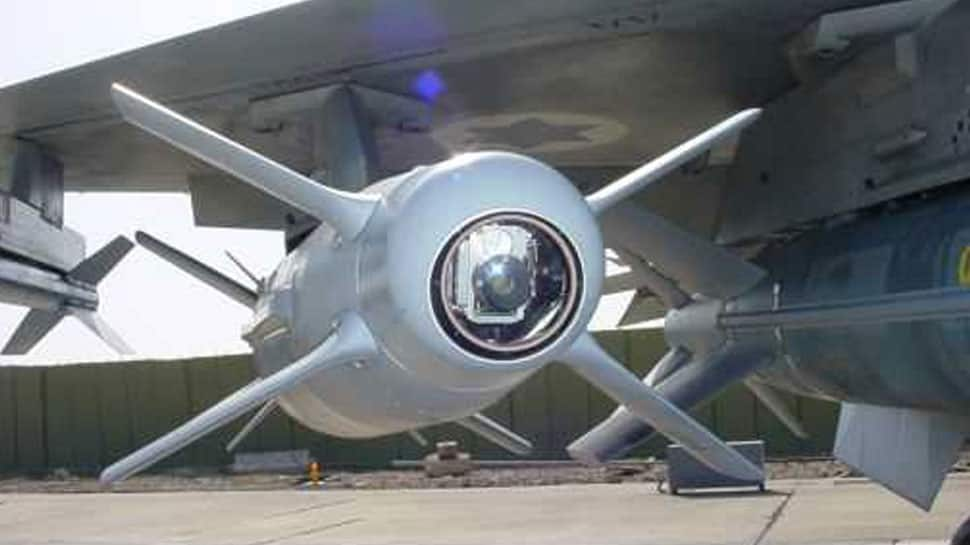
In a significant move towards self-reliance and indigenous defence production, India is embarking on the manufacturing of advanced missiles used in the Indian Air Force’s (IAF) formidable Su-30 MKI aircraft. With the Atmanirbhar (self-reliant) scheme taking centre stage, there is a pressing need to produce these missiles within the country. This initiative aligns with the “Make III” procedure outlined in Chapter III of the Defense Acquisition Procedure 2020 (DAP 2020).
The R-27 ET1 missiles are vital components of India’s air defence capabilities, designed for use with the Su-30 MKI aircraft. IAF is planning to buy approximately 200, with a primary focus on enhancing air combat capabilities.
Continue readingSOURCE: IDRW.ORG TEAM

India’s defense landscape is undergoing a transformation, with the Indian Air Force (IAF) poised to present a compelling proposal at the upcoming meeting of the Defence Acquisition Council (DAC) under the leadership of Defence Minister Rajnath Singh. The proposal includes a request for approval to acquire an additional 97 Tejas Mk1A fighter jets, Super-30 upgrades for 84 Sukhoi-30MKI aircraft, and other critical enhancements, marking a significant stride in India’s modernization efforts.
The 97 additional Tejas Mk1A fighter jets are a follow-up to the 73 Tejas Mk1A units that received the green light for acquisition in 2021. The IAF, in collaboration with the Hindustan Aeronautics Limited (HAL), is poised to determine whether any substantial modifications are required for these new jets or if they can be tailored to boost indigenous content, effectively minimizing the potential for system obsolescence. This commitment to indigenization reflects India’s resolve to strengthen its self-reliance in the defense sector.
Continue readingSOURCE: RAUNAK KUNDE / NEWS BEAT / IDRW.ORG
The Indian Air Force (IAF) is set to play a more hands-on role in the Tejas MkII Program as it assumes responsibility for the integration phase of weapons testing. This marks a shift from the Tejas Mk1A Program, where the Aeronautical Development Agency (ADA) and Hindustan Aeronautics Limited (HAL) handled weapons testing, including the Initial Operational Clearance (IOC) and Final Operational Clearance (FOC) configuration testing.
In the Tejas MkII Program, the focus will be on successful integration testing and safe separation releases of weapons systems. The IAF, in collaboration with ADA and HAL, will clear weapons systems based on hardware and software integration, as well as results obtained from computer simulations.
Continue readingSOURCE: RAUNAK KUNDE / NEWS BEAT / IDRW.ORG
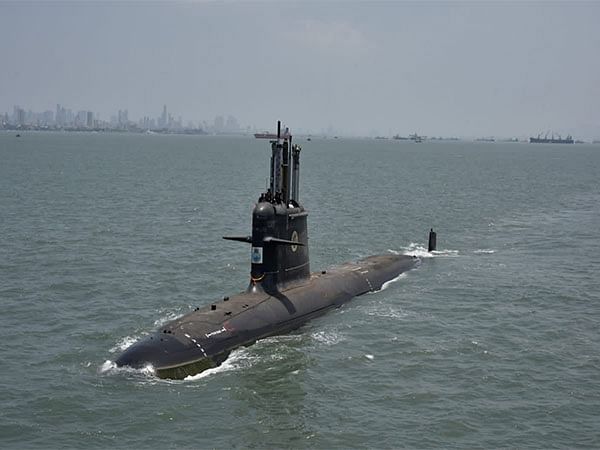
India’s state-owned Mazagon Dock Shipbuilders Limited (MDL) has initiated discussions with the French Naval Group regarding the procurement of three additional Advanced Scorpène class submarines for the Indian Navy. This move is part of a broader effort to bolster India’s naval capabilities, following the successful delivery of six Scorpène class submarines (Kalvari) to the Indian Navy.
These three additional Advanced Scorpène class submarines are expected to come for 10,000 crores each. The increased expense is due to several enhancements made to the submarines, including the incorporation of additional Air-Independent Propulsion (AIP) system plugs and the integration of advanced Lithium-ion battery packs. Furthermore, various changes in submarine sensors and equipment have contributed to the elevated price.
Continue readingSOURCE: RAUNAK KUNDE / NEWS BEAT / IDRW.ORG
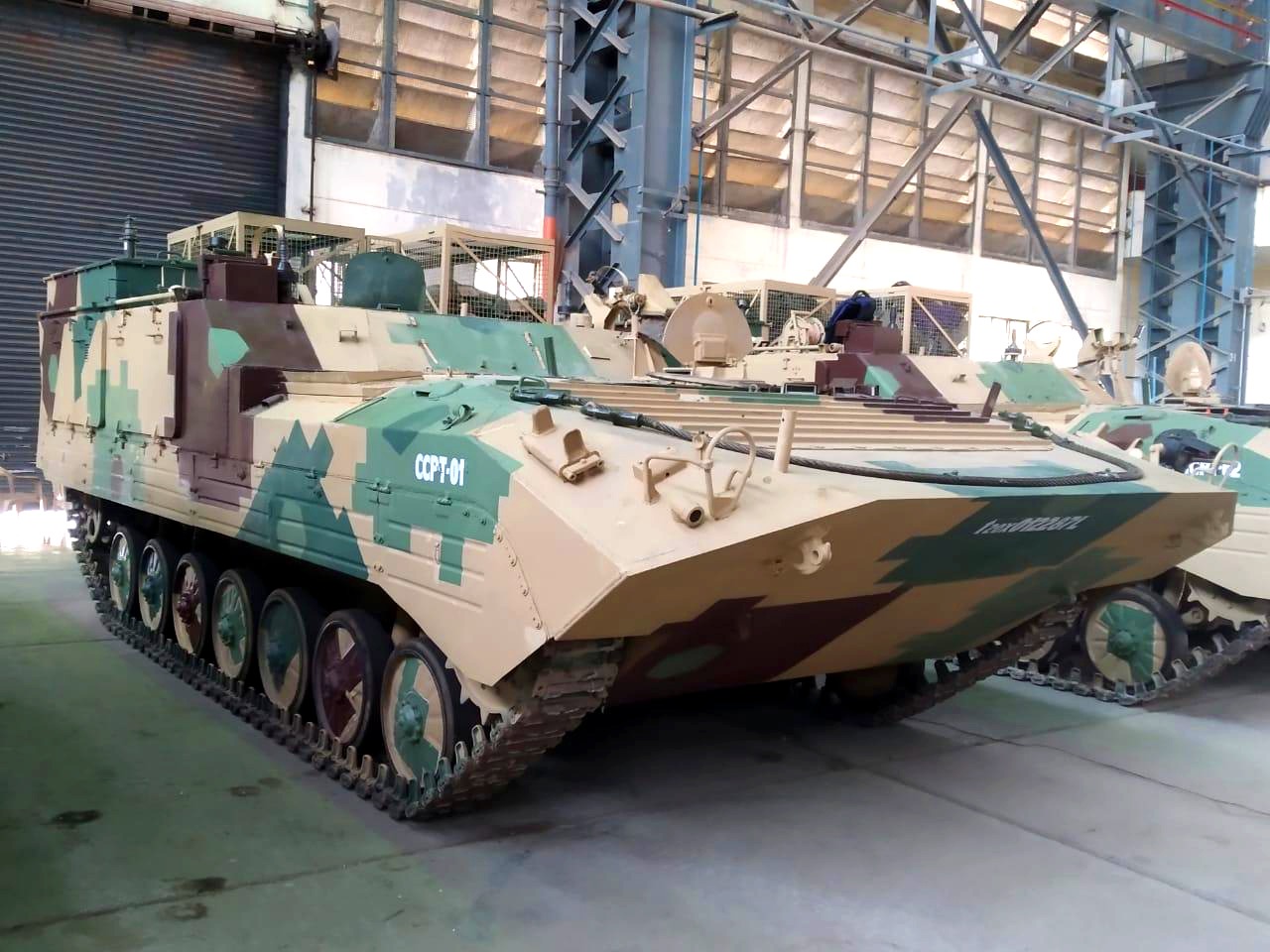
In a significant development, the Ordnance Factory Medak is set to roll out the Carrier Command Post Tracked (CCPT) vehicles on October 30. These highly specialized vehicles are designed to perform crucial tactical and technical fire control functions, ensuring the effective deployment of Self-Propelled (SP) Artillery guns.
The CCPT vehicles play a pivotal role in modern warfare scenarios, enhancing the capabilities of military forces in terms of operational control and strategic deployments. These vehicles represent a noteworthy modification of the Infantry Combat Vehicle BMP-II, specifically engineered to meet the demands of contemporary military operations.
Continue readingSOURCE: IDRW.ORG TEAM
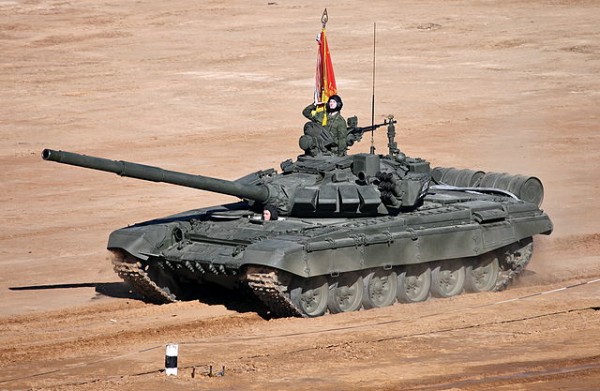
In a strategic move, Armenia is turning to India to tap into its expertise in modernizing Soviet and Russian defense equipment and integrating them with Western systems. This collaboration aims to bolster Armenia’s defense capabilities, particularly in light of concerns about potential regional conflicts.
Armenia operates a fleet of Russian T-72B3 tanks but has experienced significant losses to loitering ammunition deployed by Azerbaijani forces. Azerbaijan’s Defense Ministry stated that the Armenian army lost 260 tanks and armored vehicles, 277 artillery and rocket systems, 60 air defense systems, one S-300 long-range air defense system, 11 command and control and observation posts, and eight ammunition depots.
Continue readingSOURCE: IDRW.ORG TEAM

The Indian Navy is actively exploring collaboration with the private sector for the development of Replenishment at Sea (RAS) and Fuelling at Sea (FAS) capabilities. The primary aim of these initiatives is to enable fleet ships to sustain prolonged periods at sea, bolstering the Navy’s operational capabilities.
RAS and FAS operations involve fleet tankers and auxiliary vessels equipped to replenish ships while they are underway. This replenishment includes the transfer of fuel, provisions, stores, and spare parts, allowing naval vessels to remain deployed at sea for extended durations. These operations are crucial for maintaining the readiness and endurance of the fleet.
Continue readingSOURCE: RAUNAK KUNDE / NEWS BEAT / IDRW.ORG
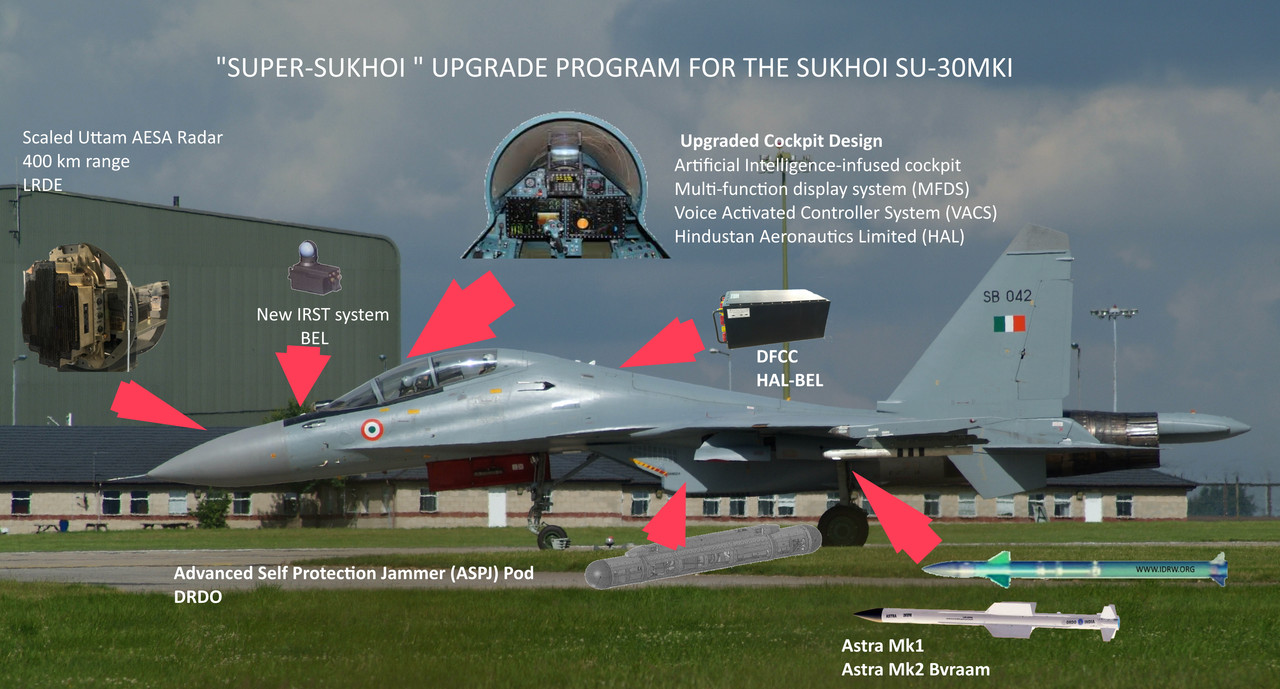
As Russia’s after-sales support for Su-30MKI/MKK/MKA operators diminishes, India is eyeing not only overhaul orders from countries with Sukhoi Su-30MKI fighters but also orders for mid-life upgrades for these platforms. According to sources familiar with the matter, told idrw.org that several nations operating Russian-origin Su-30MKI-based variants have been in contact with Hindustan Aeronautics Ltd. (HAL) and closely monitoring the “Super-30” upgrade program.
The “Super-30” upgrade initiative aims to modernize India’s current fleet of over 270 Su-30MKI fighters by replacing Russian-origin equipment and systems with Indian-made counterparts. This overhaul includes significant hardware upgrades to the aircraft, such as the integration of the Uttam AESA Radar, advanced Electronic Warfare (EW) systems, enhanced weapons systems, a modern Mission Control Computer, Infrared Search and Tracking (IRST) capabilities, digital cockpit, and various other systems.
Continue readingSOURCE: RAUNAK KUNDE / NEWS BEAT / IDRW.ORG
The development of India’s Twin Engine Deck-Based Fighter (TEDBF) has reached a crucial juncture as the program undergoes a series of design changes to meet the specific requirements of the Indian Navy. These changes include enhancements to the aircraft’s frontal Radar Cross Section (RCS) measures and the addition of three semi-recessed missile bays, a significant design adaptation that has not been seen in scaled models showcased till now.
The TEDBF program is closely monitored by the Naval Project Office located in Bengaluru, which was initially established to coordinate the development of the Light Combat Aircraft (Navy), or LCA (N). TEDBF, a canard delta wing, twin-engine, carrier-based, multirole combat aircraft, is being classified as a “5th generation minus” fighter by Dr. Girish S Deodhare, Director General of the Aeronautical Development Agency (ADA), which is overseeing the program.
Continue readingSOURCE: RAUNAK KUNDE / NEWS BEAT / IDRW.ORG
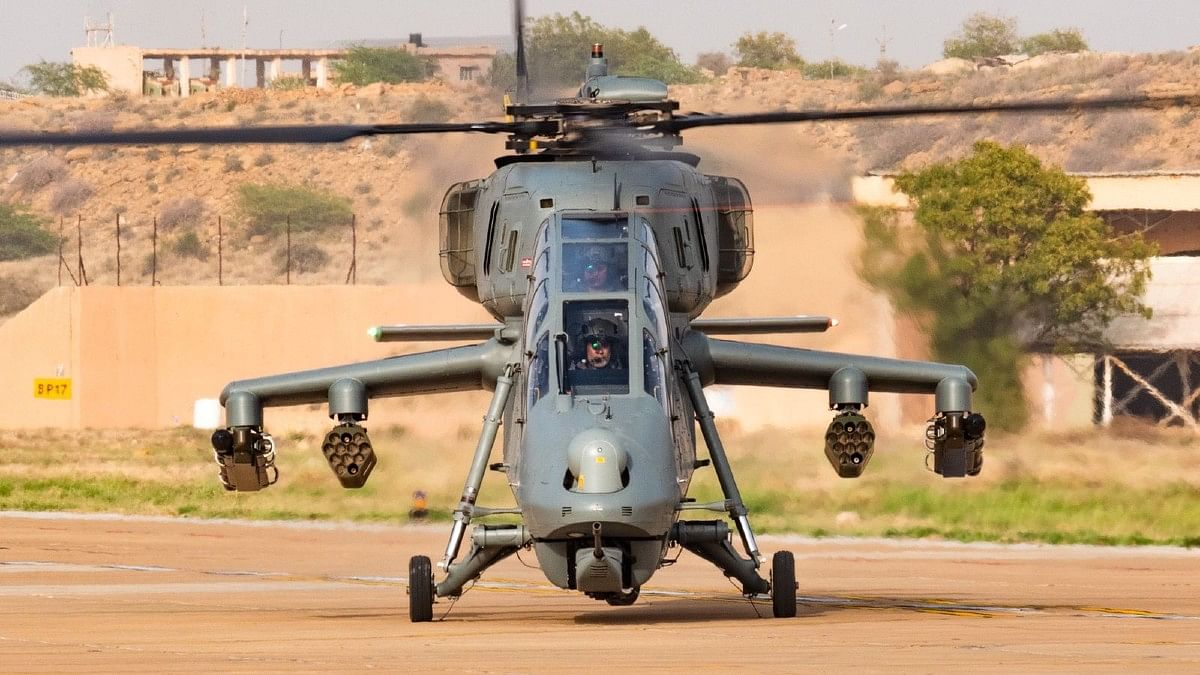
In modern warfare, the role of attack helicopters has evolved significantly. The recent experiences in conflicts such as the Ukraine War have highlighted the vulnerabilities of advanced attack helicopter systems. As the Indian Army and Indian Air Force (IAF) plan to procure a significant number of indigenous Light Combat Helicopters (LCH), they are also focused on equipping these helicopters with advanced weapons and technologies to reduce vulnerability and increase their effectiveness on the battlefield.
Recent reports from the Ukraine War have raised concerns about the vulnerability of attack helicopters. Russian Ka-52 Attack Helicopters, known for their advanced capabilities, have been experiencing significant losses. These helicopters are becoming increasingly susceptible to short-range surface-to-air missile systems and modern air defence systems. Flying at low altitudes, once a successful tactic, is no longer as effective, and it has become imperative to enhance the protection and capabilities of attack helicopters.
Continue readingSOURCE: IDRW.ORG TEAM
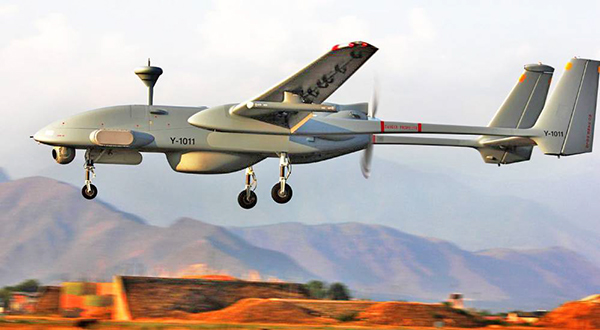
India’s commitment to bolster its defense capabilities continues with Project Cheetah, an ambitious initiative that aims to equip its fleet of Israel Aerospace Industries (IAI) Heron medium-altitude long-endurance unmanned aerial vehicles (UAVs) with precision weaponry developed in India. Under this project, India seeks to enhance the operational capabilities of the Heron UAVs by integrating indigenous weapons systems, fostering self-reliance in defense technology.
As part of Project Cheetah, India plans to develop and integrate an array of indigenous precision weaponry to be carried out in-house after thorough technical studies. These advanced weapons systems are designed to provide the Heron UAVs with enhanced operational versatility and effectiveness.
Continue readingSOURCE: IDRW.ORG TEAM
Hindustan Aeronautics Limited (HAL) has taken a significant step towards self-reliance in aircraft maintenance and spares production by issuing an Expression of Interest (EoI) for the design and development of Line Replaceable Units (LRUs), spares, and materials used in the Su-30MKI aircraft. This initiative is in line with the “Make in India” program and aims to reduce dependence on foreign suppliers for critical components.
HAL’s Nasik division has been actively working on developing indigenous spares for the Su-30MKI aircraft, a crucial step in achieving self-reliance in the maintenance and support of this advanced fighter jet. The issuance of this EoI marks a significant milestone in the organization’s efforts to enhance its self-reliance capabilities.
Continue readingSOURCE: RAUNAK KUNDE / NEWS BEAT / IDRW.ORG

The Indian Air Force (IAF) is gearing up to procure 114 fighter jets under the Multi-Role Fighter Aircraft (MRFA) tender, and the competition is heating up. Recent reports by “The Print” have revealed that three contenders have emerged as the top candidates to supply these aircraft. Boeing’s F-15EX, Saab’s Gripen-E, and Dassault’s Rafale are vying for this prestigious contract. This race has brought back memories of a previous competition in 2012, where the Eurofighter Typhoon was a front-runner in a now-cancelled tender for 126 jets under the Medium Multi-Role Combat Aircraft (MRCA) program.
In the 2012 MRCA competition, the Eurofighter Typhoon, alongside the Dassault Rafale, was one of the top contenders. The Eurofighter successfully cleared all technical evaluation rounds, showcasing its impressive capabilities. However, the Eurofighter ultimately lost the contract bid to the Rafale due to pricing. Dassault, the French firm behind the Rafale, emerged as the lowest bidder for the $10 billion contract, securing the deal.
Continue readingSOURCE: RAUNAK KUNDE / NEWS BEAT / IDRW.ORG

India’s indigenously developed Tejas Mk2, a 17.5-ton all-up weight (AUW) fighter aircraft, is on the horizon, and it promises to be a game-changer in terms of indigenization and capabilities. With its planned rollout next year, the Tejas Mk2 is set to become a symbol of India’s self-reliance in the field of defence aviation.
Continue readingSOURCE: IDRW.ORG TEAM

India’s defense sector is gearing up for a significant transformation as it seeks to boost private sector participation in research and development (R&D). The Ministry of Defence is exploring new avenues to fund private sector-led R&D initiatives through an Advanced Defence Acquired Research (ADAR) scheme. This initiative aims to facilitate disruptive research projects, with funding support for projects up to ?500 crore, led by the private industry. The government agencies, including the Defence Research and Development Organisation (DRDO), will provide technical expertise to ensure the success of these endeavors.
Private sector participation in the defense industry has long been a focus area for the Indian government. In recent years, significant policy reforms, such as the “Make in India” initiative and the “Strategic Partnership” model, have sought to enhance indigenous defense production. However, to further strengthen India’s defense capabilities and reduce reliance on imports, fostering private sector-led R&D is crucial.
Continue reading